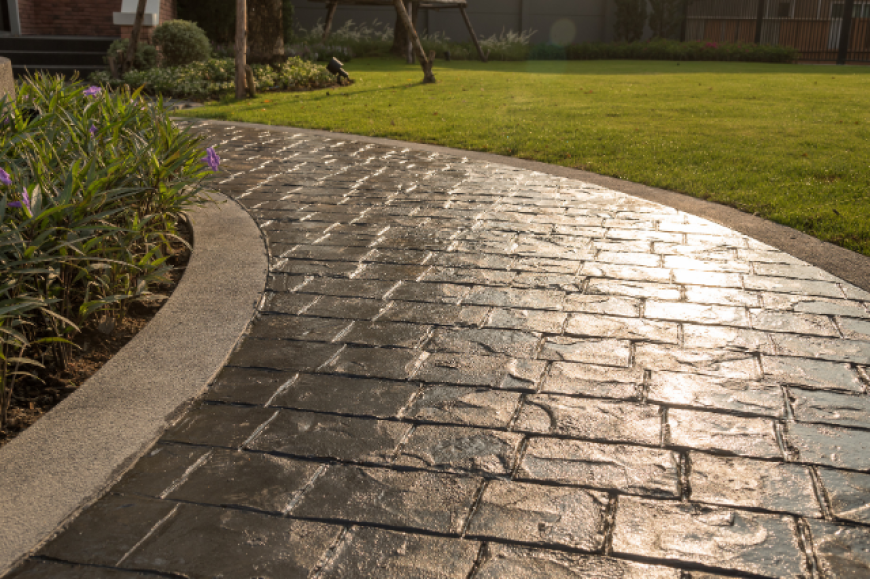The Role of Sealers in Protecting Stamped Concrete Surfaces
Sealers play a vital role in this process, safeguarding the surface and prolonging its lifespan.

Stamped concrete is a popular choice for enhancing outdoor spaces with its ability to mimic natural stone, brick, or wood while remaining cost-effective and durable. However, like any surface exposed to the elements, stamped concrete requires proper care and protection to maintain its beauty and functionality. Sealers play a vital role in this process, safeguarding the surface and prolonging its lifespan.
Why Sealing Stamped Concrete is Essential
Sealing stamped concrete is not just about aesthetics; it is a crucial step in protecting the material from damage caused by environmental factors. A high-quality sealer acts as a protective shield against water intrusion, de-icing compounds, and stains. Research indicates that sealed concrete can reduce water absorption by up to 90%, significantly enhancing durability. This makes sealers especially important in regions with freezing temperatures, where freeze-thaw cycles can lead to cracks if water penetrates the surface.
In addition to protection, sealers enhance the appearance of decorative stamped concrete. They deepen colors, add a polished finish, and bring out the intricate details of stamped patterns. This combination of protection and enhancement makes sealing a necessary step for maintaining both the functionality and beauty of stamped concrete.
Types of Concrete Sealers
Not all sealers are created equal. Understanding the two main types—penetrating and topical sealers—can help you choose the best option for your stamped concrete project.
-
Penetrating Sealers: These seep into the concrete and create a chemical barrier that protects against moisture, de-icing chemicals, and freeze-thaw damage. They are ideal for surfaces where a natural, matte finish is preferred, as they do not alter the concrete’s appearance.
-
Topical Sealers: These form a protective layer on the surface of the concrete, enhancing its color and adding a glossy or satin finish. Topical sealers are best suited for areas where aesthetics are a priority, such as patios and decorative walkways. However, they require reapplication every 2–3 years to maintain their effectiveness.
Benefits of Using Sealers
Sealers offer a range of benefits that go beyond mere protection. Here are some key advantages:
-
Water Resistance: By forming a barrier, sealers prevent water from penetrating the concrete, reducing the risk of cracking and erosion.
-
Stain Prevention: Sealed concrete is easier to clean and less likely to absorb stains from oil, grease, or food spills.
-
Enhanced Durability: Sealers protect against wear and tear, making the surface resistant to scratches and abrasion.
-
UV Protection: Many sealers contain UV inhibitors that prevent fading or discoloration caused by prolonged sun exposure.
The Cost of Neglecting Sealers
Failing to seal stamped concrete can lead to significant damage over time. According to industry data, unsealed concrete surfaces are 40% more likely to develop cracks and discoloration within five years. Additionally, unprotected concrete may require expensive repairs or resurfacing to restore its appearance and functionality. Investing in a high-quality sealer upfront can save homeowners and businesses thousands of dollars in future maintenance costs.
Final Thoughts
Sealing stamped concrete is a simple yet powerful way to protect your investment. Whether you choose a penetrating sealer for durability or a topical sealer for enhanced aesthetics, the benefits are undeniable. Regularly applying a sealer ensures your stamped concrete remains vibrant and resilient for years to come. If you want your stamped concrete to retain its stunning appearance while withstanding the test of time, don’t skip this crucial step.

 carljames
carljames 

